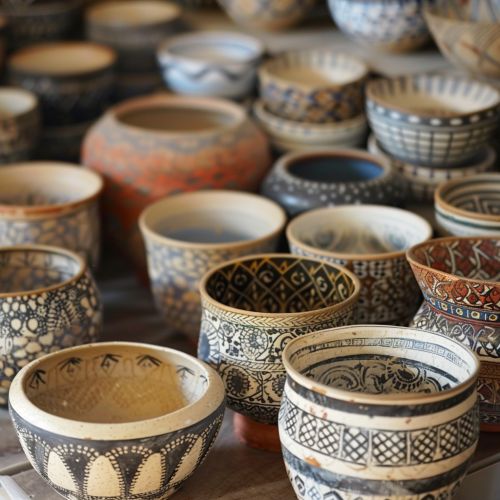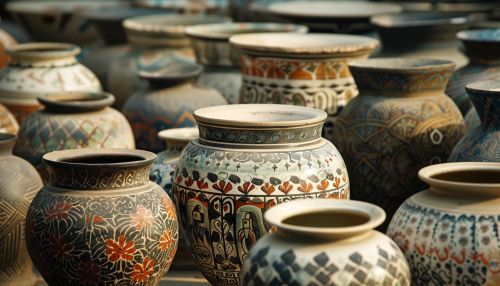Chinese Civilization
Origins of Chinese Civilization
The origins of Chinese civilization can be traced back to the Neolithic period, with the earliest identifiable culture being the Yangshao. This culture, which existed around 5000 BC, was characterized by the use of pottery, the cultivation of millet, and the rearing of domestic animals.


The Yangshao culture was succeeded by the Longshan around 2500 BC. The Longshan culture is noted for its highly polished black pottery and the development of a stratified society, which laid the foundation for the emergence of states in later periods.
Early Dynastic Period
The Early Dynastic Period of China, also known as the Bronze Age, marks the emergence of the first historical dynasties: the Xia, the Shang, and the Zhou.
The Xia dynasty, lasting from 2070 BC to 1600 BC, is the first dynasty to be described in ancient historical chronicles. However, due to the lack of archaeological evidence, it is still a subject of debate among historians.
The Shang dynasty, which followed the Xia, is the earliest dynasty confirmed by archaeological evidence. The Shang civilization was noted for its advances in bronze technology, warfare, agriculture, and writing. The oracle bone script, used for divination during the Shang dynasty, is the earliest known form of Chinese writing.
The Zhou dynasty, which overthrew the Shang, introduced the concept of the Mandate of Heaven, which was used to justify their rule. The Zhou dynasty is divided into two periods: the Western Zhou and the Eastern Zhou. The latter is further divided into the Spring and Autumn period and the Warring States period.
Imperial China
The Imperial era of China began with the unification of China by the Qin in 221 BC. The Qin dynasty, although short-lived, laid the foundation for the structure of future dynasties and introduced a standardized system of writing, currency, and measurements.
The Han, which succeeded the Qin, is often considered a golden age in Chinese history. During this period, China made significant progress in science, technology, mathematics, astronomy, and literature. The Han dynasty also saw the spread of Confucian ideals throughout the empire, which have profoundly influenced Chinese society to this day.
The fall of the Han dynasty led to a period of political turmoil and division known as the Three Kingdoms period. This was followed by the Jin dynasty, the Southern and Northern Dynasties, and the Sui, Tang, Song, Yuan, Ming, and Qing dynasties.
Modern China
The Qing dynasty, the last imperial dynasty of China, was overthrown in the Xinhai Revolution of 1911, which led to the establishment of the Republic of China (ROC). The ROC experienced a period of warlordism, Japanese invasion, and civil war between the Nationalist Party (KMT) and the Communist Party (CCP).
In 1949, the CCP emerged victorious and established the People's Republic of China (PRC), marking the beginning of socialist rule. The PRC has since undergone numerous political and economic changes, most notably the Cultural Revolution and the Reform and Opening Up policy.
Chinese Culture
Chinese culture is one of the world's oldest and most complex cultures. It encompasses a wide range of traditions, customs, and practices. These include philosophy, literature, art, music, cuisine, and religion.
Chinese philosophy, which includes Confucianism, Taoism, and Buddhism, has had a profound influence on Chinese thought, lifestyle, and social consciousness. Chinese literature and art, with their rich history and diversity, reflect the country's changing times and the experiences of its people.
Chinese cuisine is renowned for its variety and sophistication. It is characterized by its flavor, aroma, taste, and presentation. Chinese religion, which is primarily composed of Confucianism, Taoism, and Buddhism, plays a significant role in the daily lives of the Chinese people.
